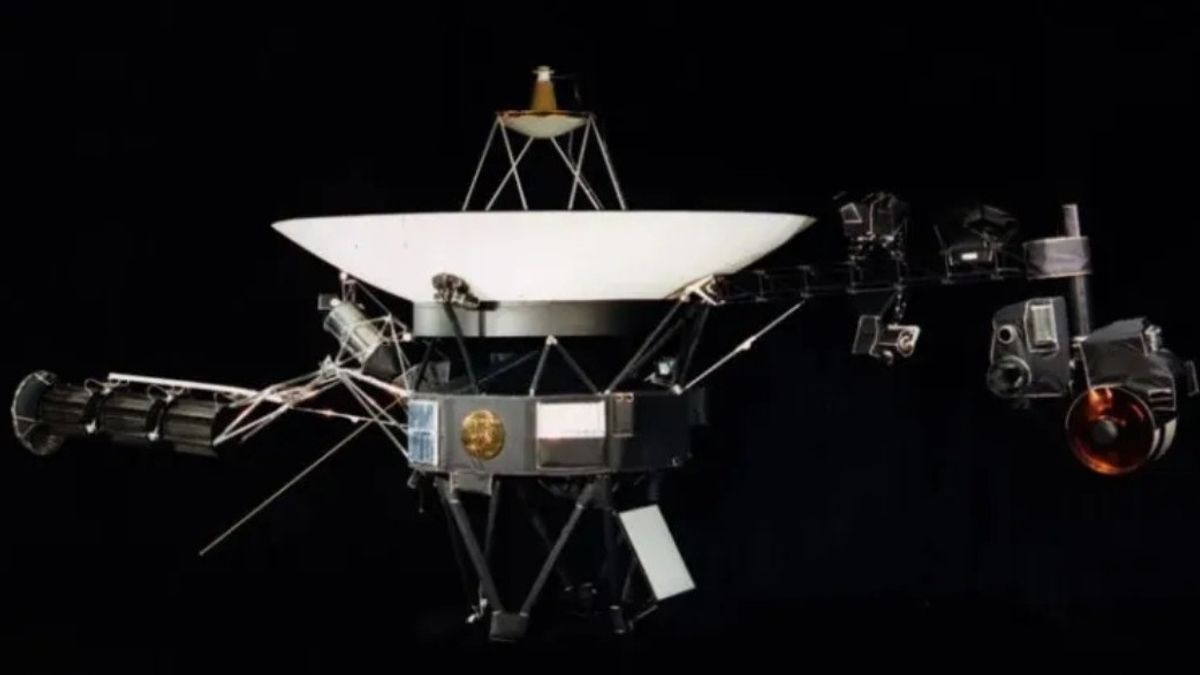JAKARTA NASA's technicians managed to overcome problems with Voyager 1 boosters. Before being repaired, the fuel cylinders in the boosters were blocked by silicon dioxide so that the driving efficiency was reduced.
This Sumbatan is the second problem with fuel cylinders during Voyager 1's 47 years of operation in space. According to NASA, this problem is not surprising because the age of rubber diaphragm in aircraft fuel tanks continues to grow.
"After weeks of careful planning, the team replaced the spacecraft with different booster devices. The driver used liquid hydrazin fuel," NASA said in its latest report.
This liquid hydrazin will be converted into gas and released in the form of bursts for tens of seconds to tilt the aircraft's antenna towards Earth. After this replacement, the driver must do about 40 short thrusts per day.
SEE ALSO:
Voyager 1's age also creates challenges in power supply and temperature. NASA has shut down on-board systems that are not important to save electricity supply, but this method does not protect aircraft from cold temperatures. Heat-generating systems are also disappearing.
NASA technicians watched the issue for a long time until they finally turned off one of the science instruments that was still operating. They also turned off one of the aircraft's main heaters for an hour to give enough power before turning on the booster heating.
After doing these two ways, technicians configured that Voyager 1's booster branch could resume operations on 27 August. That way, the decision taken by the technicians can direct the plane to Earth.
The English, Chinese, Japanese, Arabic, and French versions are automatically generated by the AI. So there may still be inaccuracies in translating, please always see Indonesian as our main language. (system supported by DigitalSiber.id)
















